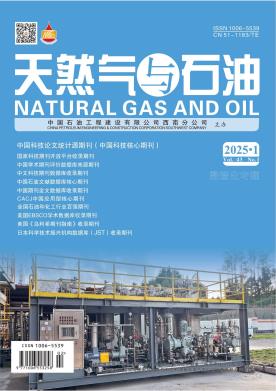苏6与苏36-11区块水平井井位优选
Optimization of Horizontal Well Location in Block Su 6 and Su 36-1
浏览(3081) 下载(3)
- 引用格式:
-
张,磊,张文强,李,晶,李彦军.苏6与苏36-11区块水平井井位优选[J].天然气与石油,2013,31(3):0.doi:
.Optimization of Horizontal Well Location in Block Su 6 and Su 36-1[J].Natural Gas and Oil,2013,31(3):0.doi:
- DOI:
- 作者:
- 张 磊 张文强 李 晶 李彦军
- 作者单位:
- 中国石油长庆油田分公司第四采气厂
- 关键词:
- 水平井开发;沉积微相;砂体展布;河道走向;井位优选
Horizontal well exploitation; Sedimentary micro-facies; Expanding band of sand body; Watercourse route; Well location determination
- 摘要:
- 苏6与苏36-11区块属典型的“低渗、低压、低丰度”三低气田,由于河道频繁迁移,形成的叠置砂体具有明显的方向性;因气藏规模小,砂体展布范围有限。事实证明,利用水平井技术,可有效开发该储层,因而,如何确定水平井井位成为水平井开发的关键。从储层地质特征、气层分布规律、测井沉积相、砂体展布等方面入手,对苏6与苏36-11区块水平井主力目的层盒 8 下进行了深入研究,作出了盒 8 下段砂体展布和沉积微相平面分布图,精细刻画出了盒 8 下段河道砂体走向。对比分析历年实施的水平井,只有当水平段方向与河道一致时,静态与动态实施效果才比较好。在此基础上确定了2012年第一批实施的水平井井位,为下一步水平井整体开发方案的制定提供依据。
Block Su 6 and Su 36-11 are typical “three-low” gas fields, in which watercourses frequently migrate to form some superimposed sand bodies with obvious directivity, as a result, scale of their gas reservoirs is small and distribution of sand bodies is limited. It is proven by facts that the reservoirs can be effectively exploited and developed by making use of horizontal well technology. The key of exploitation and development by making use of such technology is to determine the horizontal well location. Analyzed are geologic features of the reservoirs, distribution regularities of gas layers, sedimentary facies of well logging and distribution of sand bodies, etc., investigated deeply are the main target layer, i.e. the sublayer section of He8 of horizontal wells in the blocks, made are the planar graphs of its distribution and sedimentary micro-facies, which subtly describes the route of its sand bodies in the watercourse. Results obtained from comparative analysis on horizontal wells constructed over the years show that the effect of static and dynamic construction is better only in the case of that the horizontal section direction is kept pace with that of the watercourse. Consequently, determined are locations of the first horizontal wells implemented in 2012, which provides a basis for preparing the overall development plan for future horizontal wells.



